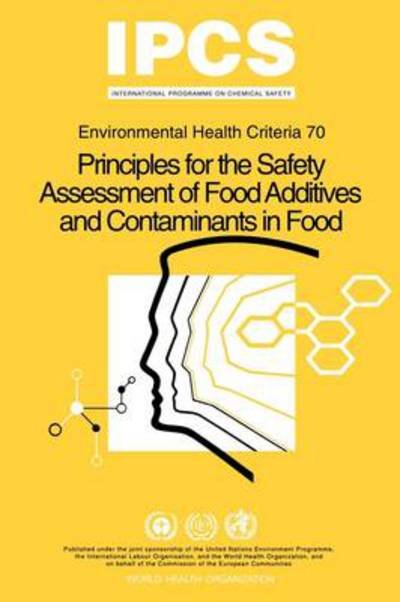
Tell your friends about this item:
Dinitro-ortho-cresol (Environmental Health Criteria Series)
Ipcs
Dinitro-ortho-cresol (Environmental Health Criteria Series)
Ipcs
Evaluates the risks to human health and the environment posed by exposure to dinitro-ortho-cresol, a chemical used for over a century as an acaricide, larvicide, and ovicide to control the dormant forms of many insects in orchards. The chemical is also sprayed on potatoes to prevent virus and disease contamination of the tubers. Although the chemical's use as a pesticide has been banned in many countries, significant volumes of obsolete stocks are still found in several parts of the world, especially in developing countries. Dinitro-ortho-cresol continues to be used in the plastics industry as an inhibitor of polymerization in styrene and vinyl aromatic compounds. Concerning environmental behavior studies indicate that the chemical is rapidly biodegraded in soil and has no potential to volatilize when released to water. Evidence further suggests that uptake by treated fruit trees or potatoes leaving residues at harvest time does not occur. Food is therefore not considered an important source of exposure for the general population. Occupational exposures during agricultural spraying and during manufacturing and formulation are regarded as the principal sources of human exposure. The most extensive part evaluates the results of toxicity studies in laboratory mammals and in vitro test systems. Short-term dietary administration decreased body-weight gain in some species, usually without significant alteration in food consumption. At high doses, adverse effects on the liver have been observed. Data on embryotoxicity, teratogenicity, mutagenicity, and carcinogenicity were judged inadequate for evaluation. The evaluation of effects on human health draws on data obtained during the limited use of dinitro-ortho-cresol in the 1930s as a therapeutic agent for the treatment of obesity and on cases of acute poisoning. Symptoms associated with toxicity include restlessness, flushed skin, sweating, thirst, deep and rapid respiration, severe increase of body temperature, and cyanosis leading to collapse, coma, and death. Concerning adverse effects on occupationally exposed workers, the report cites a dramatic decline over the last 25 years in reported cases of occupational intoxication. The decline is attributed to better education of users, the use of adequate protective equipment, and improvements in application techniques, equipment, and formulations. The report concludes that when used according to registered recommendations, and when measures for personal protection are followed, exposure to dinitro-ortho-cresol is reduced to levels that do not cause systemic toxicity.
| Media | Books Paperback Book (Book with soft cover and glued back) |
| Released | 2000 |
| ISBN13 | 9789241572200 |
| Publishers | World Health Organization |
| Pages | 87 |
| Dimensions | 150 × 6 × 225 mm · 158 g |
| Language | English |











![Cover for Ipcs · Neurotoxicity Risk Assessment for Human Health: Principles and Approaches (Environmental Health Criteria Series) (Paperback Book) [Revised edition] (2001)](https://imusic.b-cdn.net/images/item/original/231/9789241572231.jpg?ipcs-2001-neurotoxicity-risk-assessment-for-human-health-principles-and-approaches-environmental-health-criteria-series-paperback-book&class=scaled&v=1508408769)


![Cover for Ipcs · Arsenic and Arsenic Compounds (Environmental Health Criteria Series) (Paperback Book) [2nd edition] (2001)](https://imusic.b-cdn.net/images/item/original/248/9789241572248.jpg?ipcs-2001-arsenic-and-arsenic-compounds-environmental-health-criteria-series-paperback-book&class=scaled&v=1497043278)







![Cover for Ipcs · Chlorinated Paraffins (Environmental Health Criteria) (Paperback Book) [First Edition, First Printing edition] (1996)](https://imusic.b-cdn.net/images/item/original/814/9789241571814.jpg?ipcs-1996-chlorinated-paraffins-environmental-health-criteria-paperback-book&class=scaled&v=1408649757)

